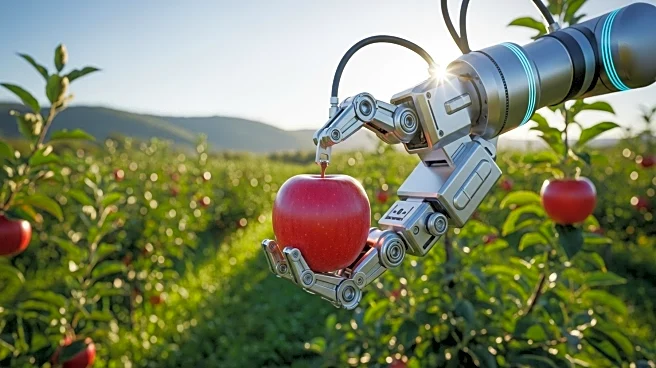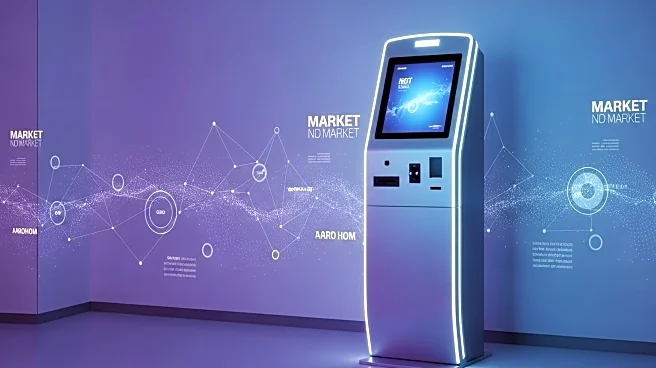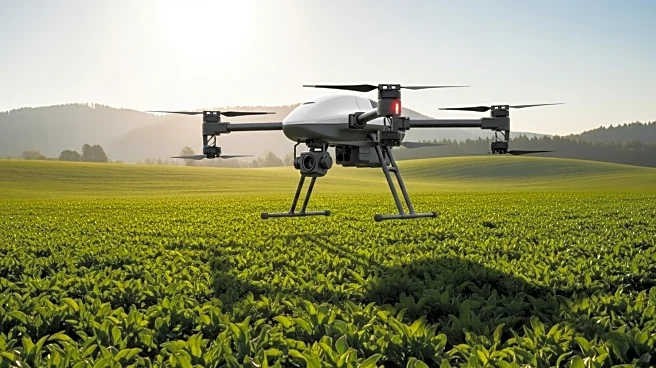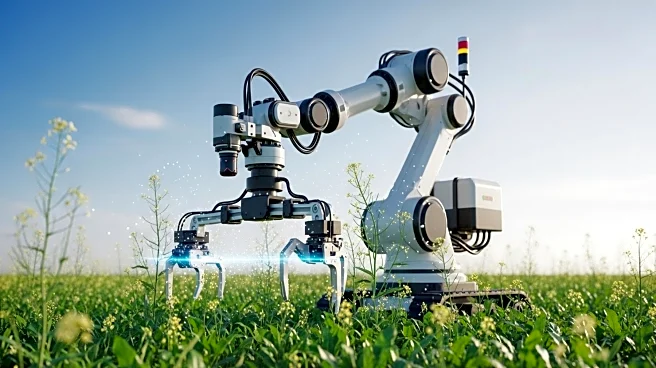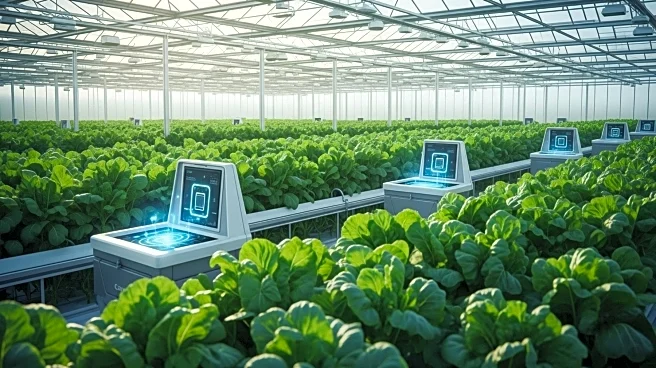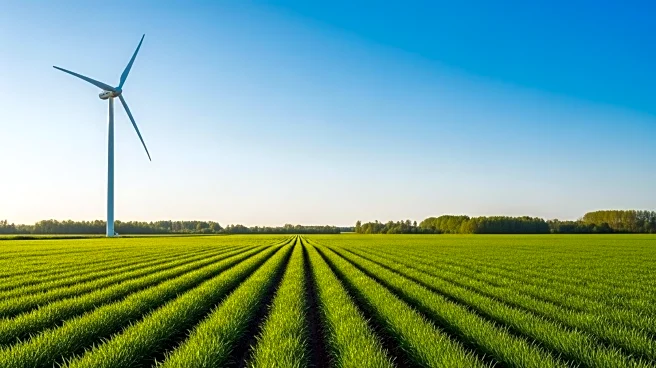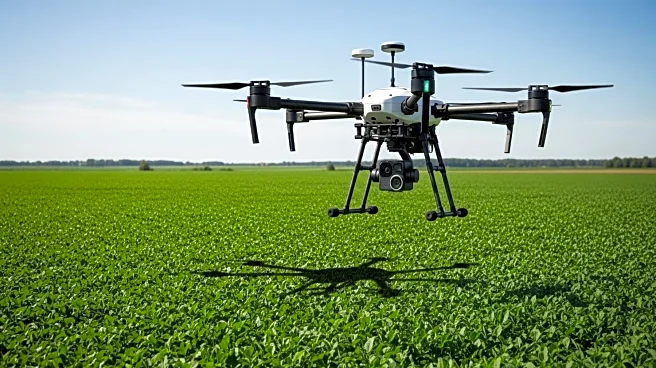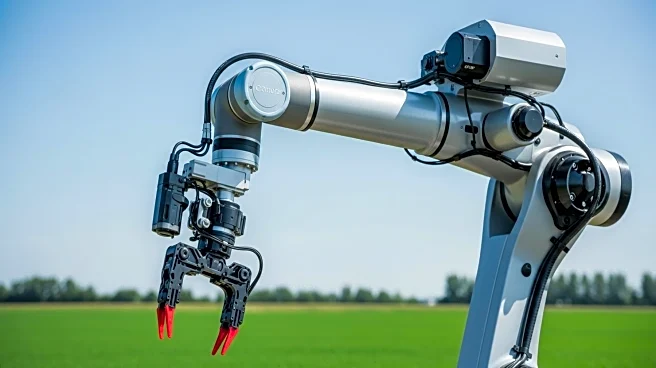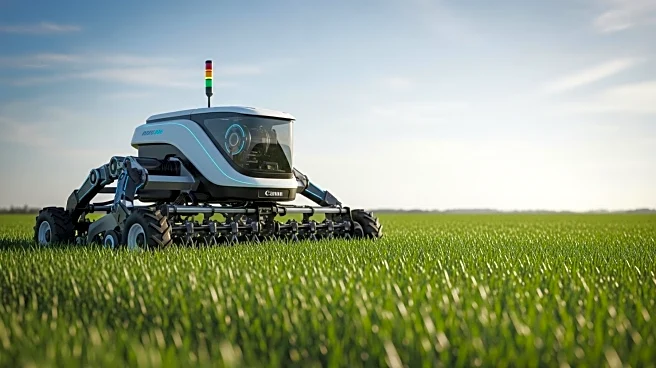What is the story about?
What's Happening?
The global robotics in agriculture market is expected to grow significantly, reaching $84.19 billion by 2032, driven by the adoption of AI, automation, and precision farming technologies. The market, valued at $15.78 billion in 2024, is projected to grow at a CAGR of 23.28% from 2025 to 2032. The increasing use of autonomous farming equipment, such as tractors, drones, and robotic harvesters, is transforming traditional farming practices. North America leads the market, while Asia-Pacific is emerging as the fastest-growing region.
Why It's Important?
The growth of robotics in agriculture reflects a shift towards more efficient and sustainable farming practices. As labor shortages and rising costs challenge the industry, automation offers solutions to improve productivity and reduce dependency on manual labor. The integration of AI and IoT enhances crop monitoring and resource optimization, supporting climate-resilient farming. This trend could significantly impact food security and environmental sustainability, driving innovation and investment in agri-tech.
What's Next?
As the market expands, companies may focus on developing more advanced and affordable robotic solutions to cater to small and mid-sized farms. Governments and private investors are likely to increase support for agri-tech adoption, promoting research and development in precision farming technologies. The success of robotics in agriculture could inspire further advancements in related fields, such as vertical farming and smart irrigation systems.
Beyond the Headlines
The adoption of robotics in agriculture raises questions about the future of traditional farming methods and the potential impact on rural communities. As technology advances, discussions on data privacy and security may intensify, particularly with devices that collect and analyze agricultural data. Additionally, the environmental impact of increased electronic waste from discarded equipment could become a concern, prompting the industry to adopt sustainable practices.
AI Generated Content
Do you find this article useful?
